Ensuring your baby's safety on the road is every parent's top priority. But did you know that even the best infant car seats can't protect your child if they're not installed correctly? Whether you're using a rear-facing car seat, a convertible car seat, or a high-back booster seat, proper installation is crucial. In this friendly guide, we'll walk you through step-by-step instructions on how to install your baby car seat properly, covering both seatbelt installations and the ISOFIX system. Plus, don't miss out on Jovikids' amazing deals this Black Friday Sale!
Why Proper Installation Matters
Incorrect installation can negate the effectiveness of the car seat and put your child in danger. By following the correct steps, you ensure that the car seat functions as intended, providing maximum protection for your little one.
Before You Begin: Read the Manuals
Read the Car Seat Guide and Vehicle Handbook
One of the most important steps is to thoroughly read both your car seat's instruction manual and your vehicle's handbook. Every baby car seat model is slightly different, and understanding how yours works is key to a secure installation. Your vehicle's handbook will also guide you on where the ISOFIX anchor points or seatbelt paths are located, ensuring the car seat fits snugly.
Choose the Right Position in the Car
For maximum safety, it's generally recommended to install the car seat in the back seat. In fact, the middle rear seat is considered the safest spot because it's furthest from any impact points during a collision. However, not all cars, especially older models or certain car seats in the UAE, have ISOFIX points or seatbelts in the middle seat. If that's the case, installing the car seat on the rear passenger side is a good alternative.
Adjust the Recline Angle
For newborns and infants, the recline angle of the car seat is critical. An improper angle can cause your baby's head to slump forward, which may obstruct their airway. Many infant car seats come with level indicators to help you adjust to the correct angle. Always follow the manufacturer's instructions for setting the proper recline based on your baby's age and size.
Installing the Car Seat Using a Seatbelt
If your vehicle doesn't have ISOFIX points—a situation common in older cars or when using taxis and ride-sharing services—you'll need to install the car seat using the seatbelt.
Step 1: Locate the Seatbelt Path
Find the designated belt path on your car seat. Typically, it's color-coded: blue for rear-facing car seats and red for forward-facing ones. Thread the seatbelt through the correct path, ensuring the belt lies flat without any twists.
Step 2: Secure the Seatbelt
Pull the seatbelt all the way out to engage the locking mechanism, then let it retract. In many European and UAE cars, the seatbelt will automatically lock when fully extended and retracted. Refer to your vehicle's manual to confirm.
Step 3: Tighten the Seat
After threading and locking the seatbelt, pull it tight to minimize any movement of the car seat. A properly installed seat shouldn't move more than 2.5 cm (about an inch) in any direction.
Step 4: Check the Installation
Give the car seat a firm shake at the base. If it moves more than 2.5 cm, you may need to reinstall it, paying extra attention to tightening the seatbelt.
Installing the Car Seat Using the ISOFIX System
The ISOFIX system, standard in most modern cars in the UK, Europe, and the UAE, simplifies car seat installation and enhances safety by anchoring the seat directly to the vehicle's chassis.
Step 1: Locate the ISOFIX Points
These are metal bars located between the backrest and the seat cushion of your car's rear seats. They are often labeled 'ISOFIX' or marked with a car seat symbol.
Step 2: Attach the Car Seat
Align the ISOFIX connectors on your car seat with the vehicle's ISOFIX points. Push until you hear a click. Many car seats, including Jovikids car seats, have indicators that turn green when the seat is correctly attached.
Step 3: Secure the Top Tether (If Applicable)
Some ISOFIX car seats come with a top tether strap for additional stability. This strap attaches to an anchor point, usually located behind the rear seats or in the boot. Tighten the strap to reduce forward movement in case of a collision.
Step 4: Double-Check the Installation
Give the car seat a firm shake. It should not move more than 2.5 cm in any direction. Ensure all indicators are green to confirm a secure installation.
Why Choose ISOFIX?
ISOFIX car seats are easier to install correctly, reducing the risk of improper installation. Because they are anchored directly to the car's frame, they offer increased stability and safety compared to seatbelt installations. If you're in the UAE, many modern vehicles are equipped with ISOFIX points, making it convenient to use ISOFIX-compatible car seats like those offered by Jovikids.
Final Tips for Ensuring Your Child's Safety
-
Regularly Check the Installation: Over time, car seats can loosen due to vibrations and regular use. Make it a habit to check the installation periodically, especially before long trips.
-
Follow Manufacturer Guidelines: Always adhere to the weight and height limits specified by the car seat manufacturer.
-
Avoid Bulky Clothing: Thick coats or blankets can interfere with the harness. It's safer to buckle your child in and place a blanket over them if needed.
Get the Best Car Seats at the Best Prices!
With Black Friday around the corner (Nov. 18 – Dec. 2), there's no better time to invest in your child's safety. Jovikids offers some of the best car seats for infants and toddlers, including top-rated infant car seats and convertible car seats. Whether you're searching for a rear-facing car seat in the UAE or high-back booster seats, Jovikids has you covered.
Why Choose Jovikids?
At Jovikids, your child's safety is our top priority. Our car seats undergo rigorous crash tests and meet international safety standards like ECE R44/04 and i-Size (R129). With features like easy ISOFIX installation, multiple recline positions, and machine-washable covers, our car seats are designed for both safety and convenience.
Frequently Asked Questions
Can I Install a Baby Car Seat in the Front Seat?
It's generally recommended to install baby car seats in the back seat for safety reasons. If you must place it in the front, make sure to deactivate the passenger-side airbag, as it can cause serious injury to a rear-facing baby in an accident.
How Tight Should the Harness Be?
Use the "pinch test" to ensure the harness is snug. Buckle your child in and try to pinch the harness straps at the shoulder. If you can pinch any excess strap, it's too loose. Tighten it until you can't pinch any material.
How Often Should I Recheck the Car Seat Installation?
It's advisable to check the car seat installation regularly, especially if you frequently remove and reinstall the seat. Road vibrations and regular use can loosen the installation over time.
Conclusion
Proper installation of your baby car seat is essential for your child's safety on the road. Whether you're using a seatbelt or the ISOFIX system, taking the time to install the seat correctly can make all the difference. Always refer to your car seat's manual and your vehicle's handbook, and don't hesitate to seek professional assistance if needed.

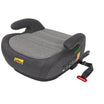
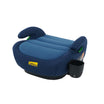
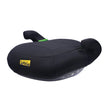
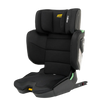
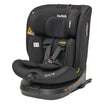
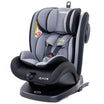
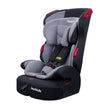
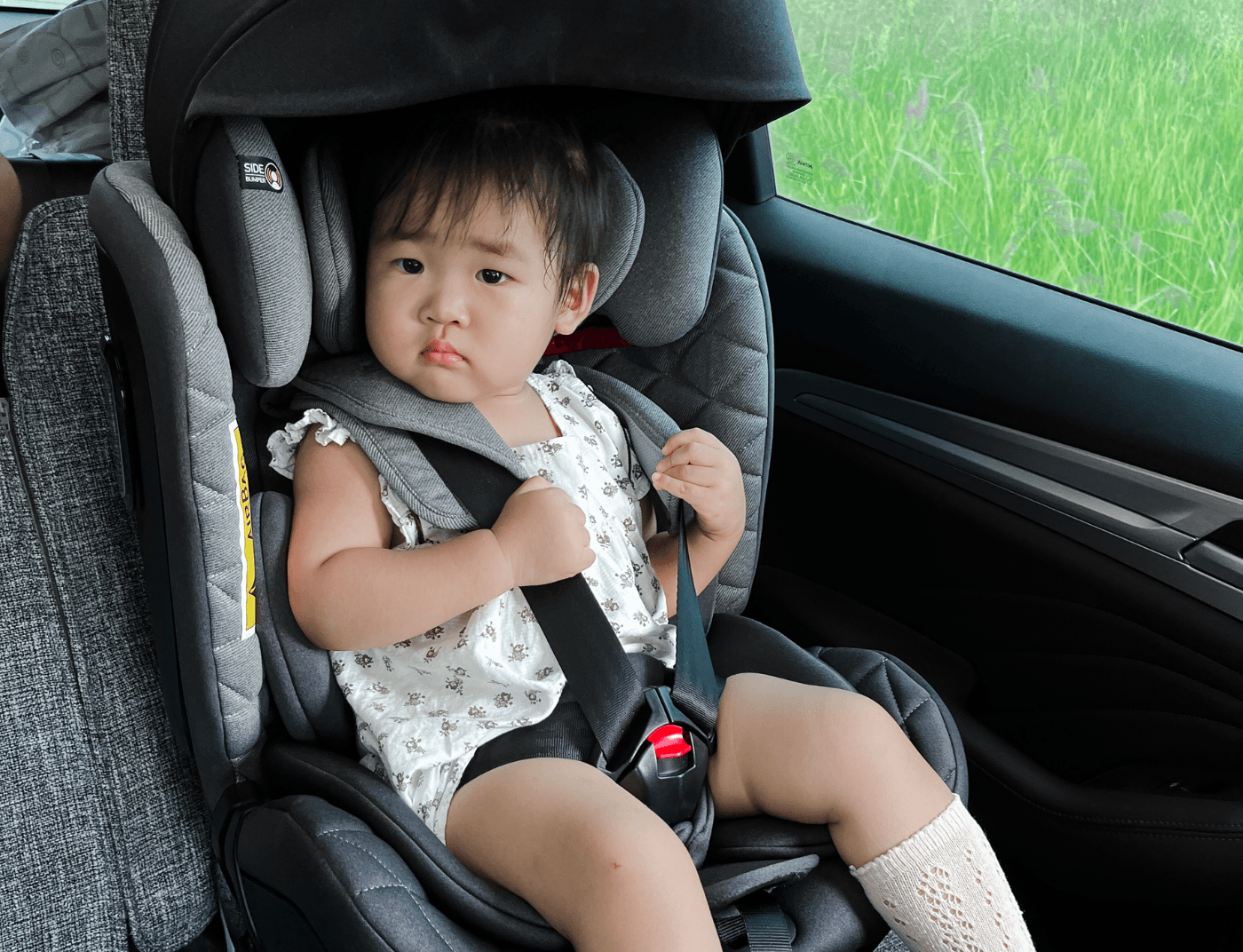

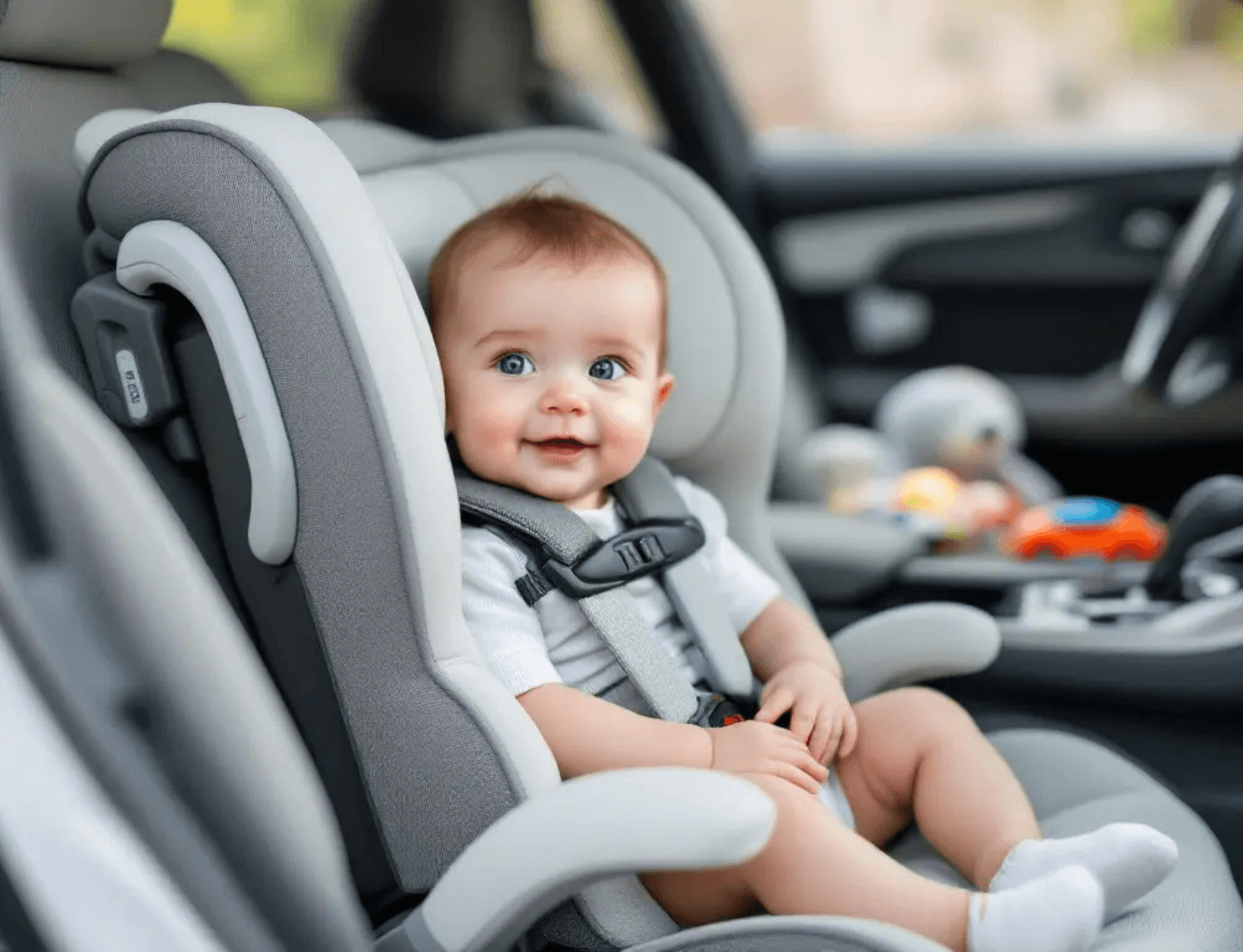
Leave a comment
This site is protected by hCaptcha and the hCaptcha Privacy Policy and Terms of Service apply.